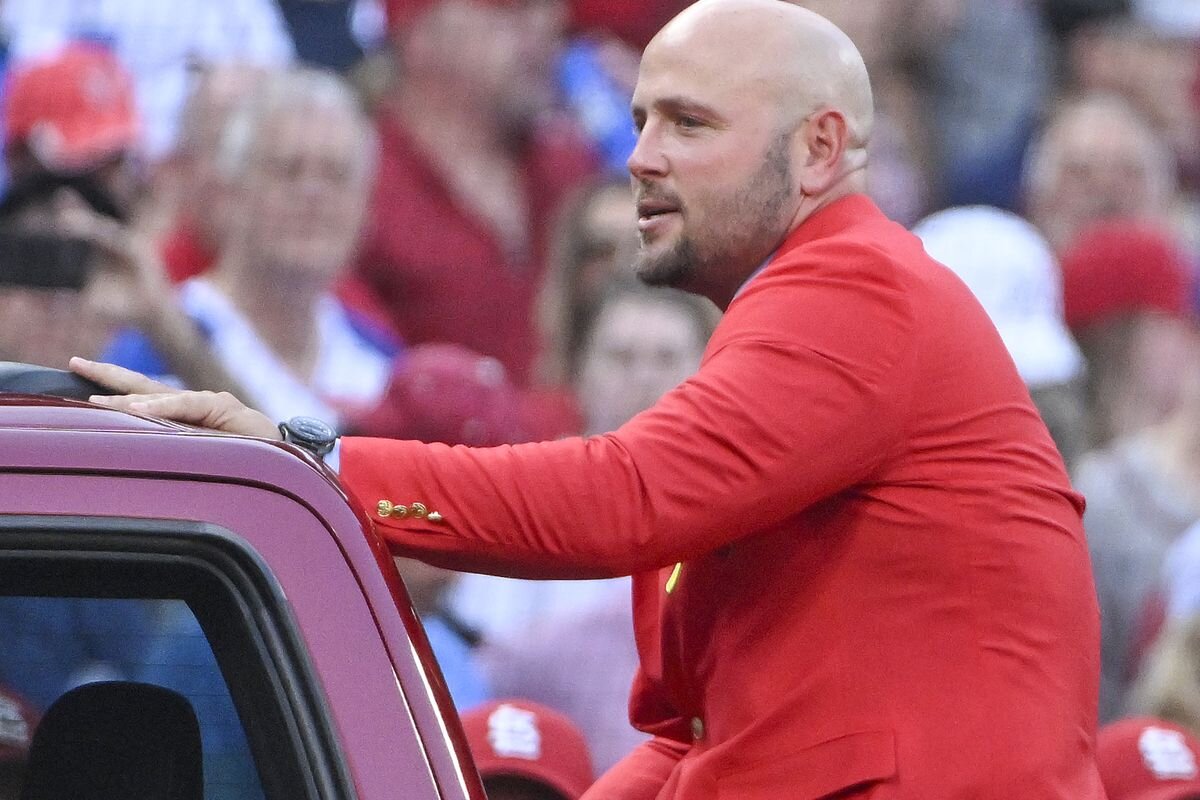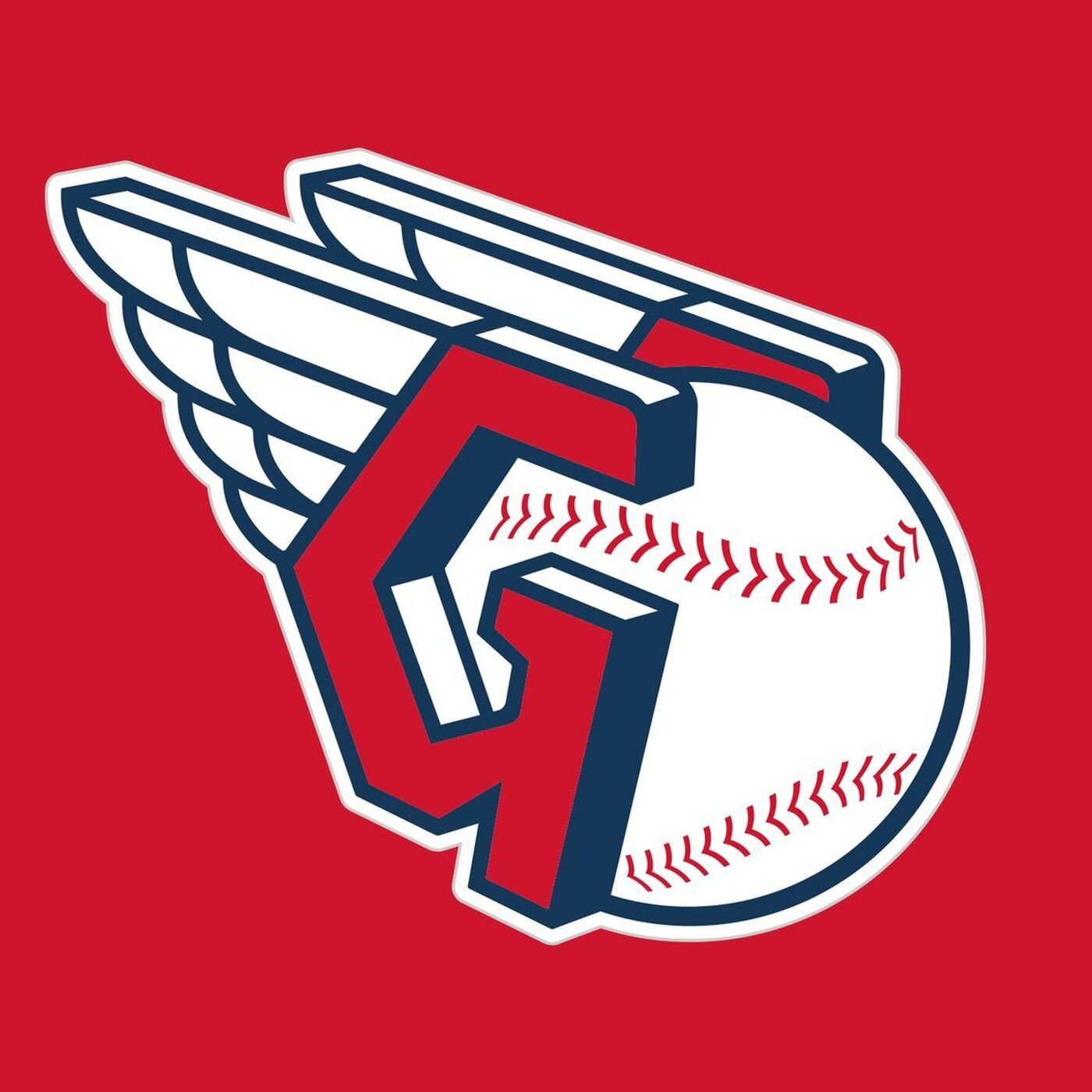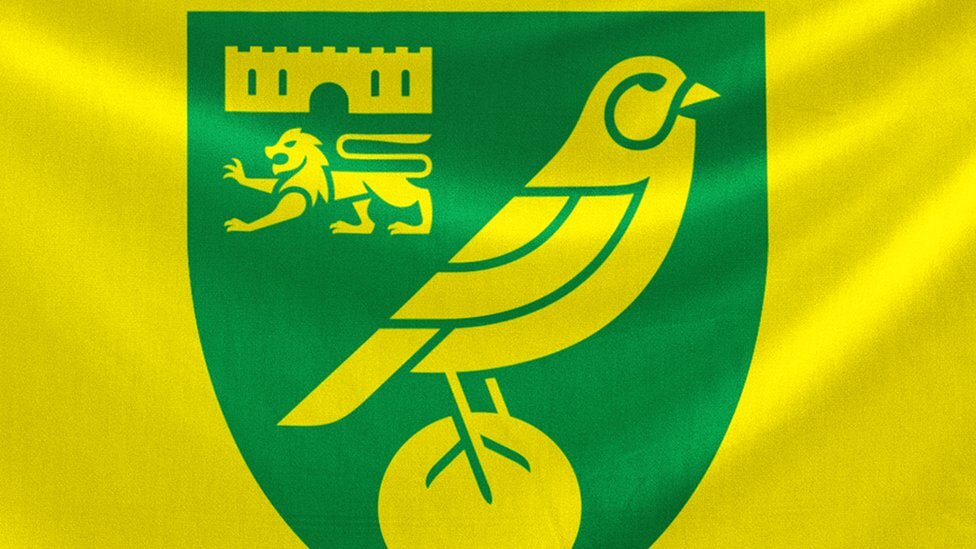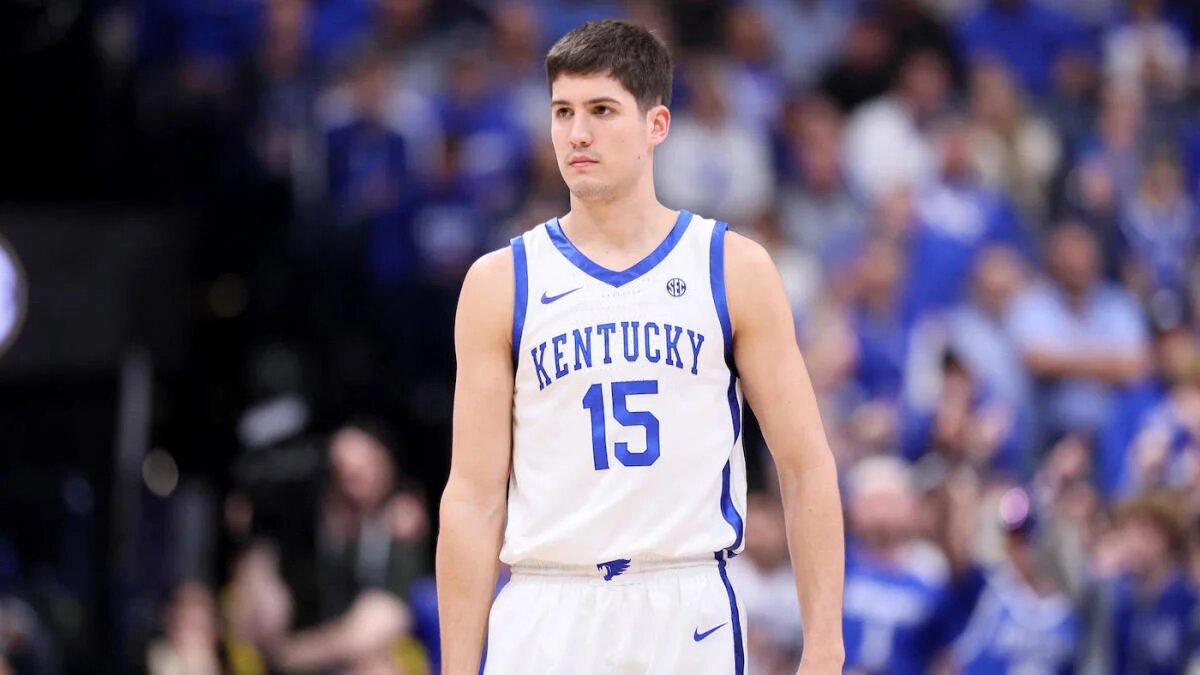How might the Cardinals assess themselves following sixty games? What ought to be altered…. Read More
An old baseball general manager proverb is that you should start with your Opening Day roster and play 60 games with it to see what you have (in comparison to what you believed you had coming out of Spring Training), then evaluate and start making the necessary adjustments. This loose guideline, which is mathematically imperfect, fits in well with another saying that divides the season into three parts (the first of which is over). Again, this is a mathematical approximation, but the second third of the time frame occurs between now and the trading deadline, and the last third occurs after you’ve made your modifications. If you have internal alternatives, it is easier to use them early in stage 2, when trades get closer to the deadline. You can see all of the recent call-ups because of this.
As you start to see a little more mobility between teams earlier in the season, this mentality is starting to change a little with the modern game. We observe the trend, but it appears to be concentrated with a handful of the more contemporary/analytical teams, like the Brewers. But the old saying still holds true for a lot of clubs. It’s also applicable not only at the major league level but also at lower levels of organizations. We start to see more movement up and down the minor league ranks as teams evaluate where they are at in comparison to where they anticipated being at the end of spring training. These kinds of adjustments are more about progress than healing from injuries. Tink Hence, for instance, could be prepared for a
The 60 game rule is archaic, although it has some analytical merit. Batting statistics, for instance, often normalize at 200 PAs. You can probably guess how long it takes to get 200 PAs. Yes. For a regular, roughly 60 games (assuming they don’t actually play all 60).
How then might the Cardinals’ management team start evaluating what they have attained by the end of spring and what they should try to accomplish before July’s trading deadline? Here, I make an effort to consider Cardinal’s management’s perspective rather than acting as my own general manager. There are others on Twitter who claim that a complete sell-off is the best course of action. Rebuild and tank. Others will desire that the Cardinals make a “all-in” move (Luzardo,



